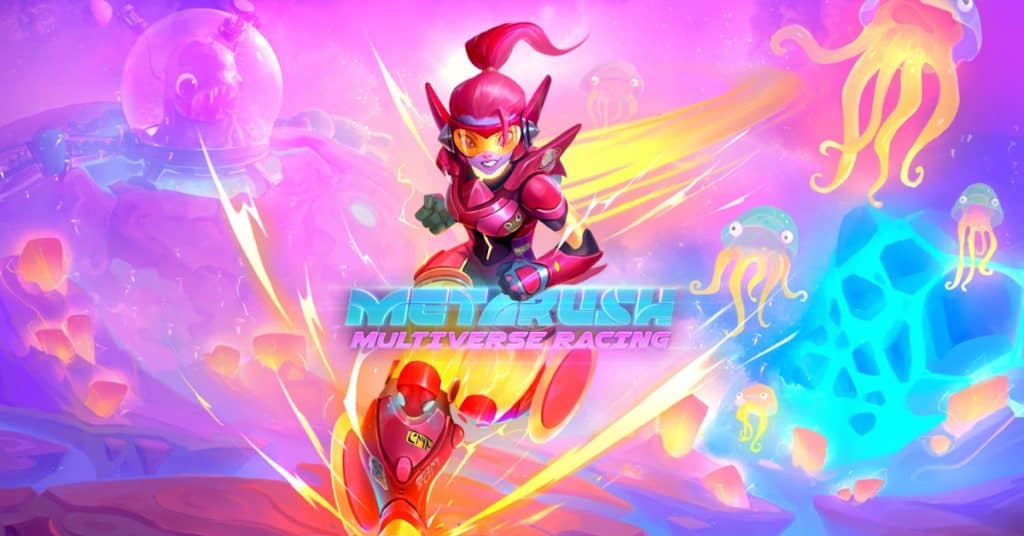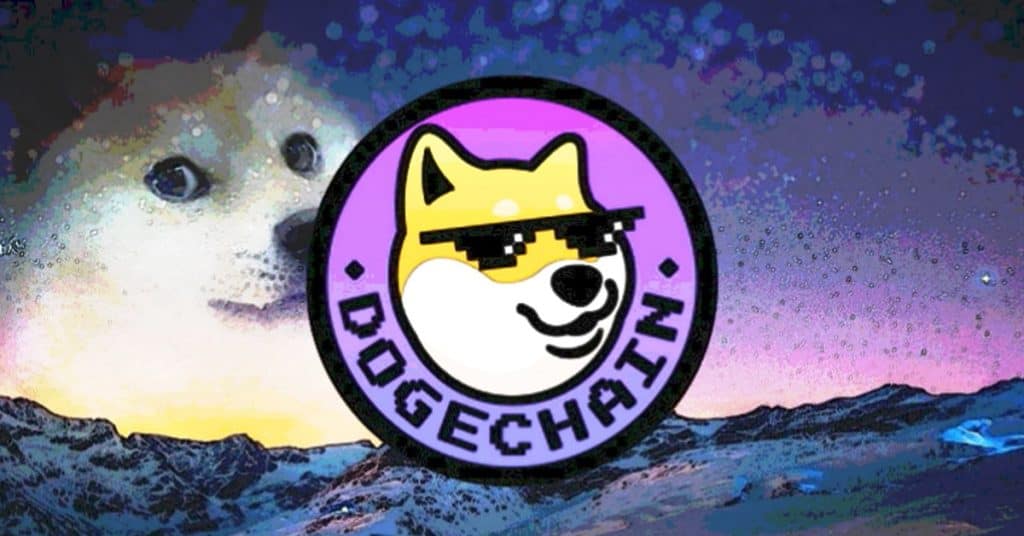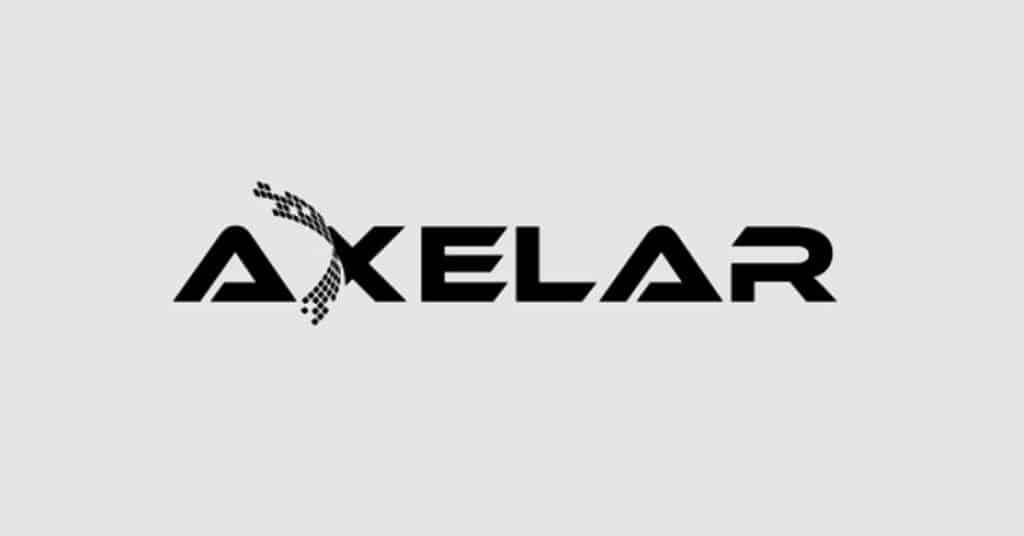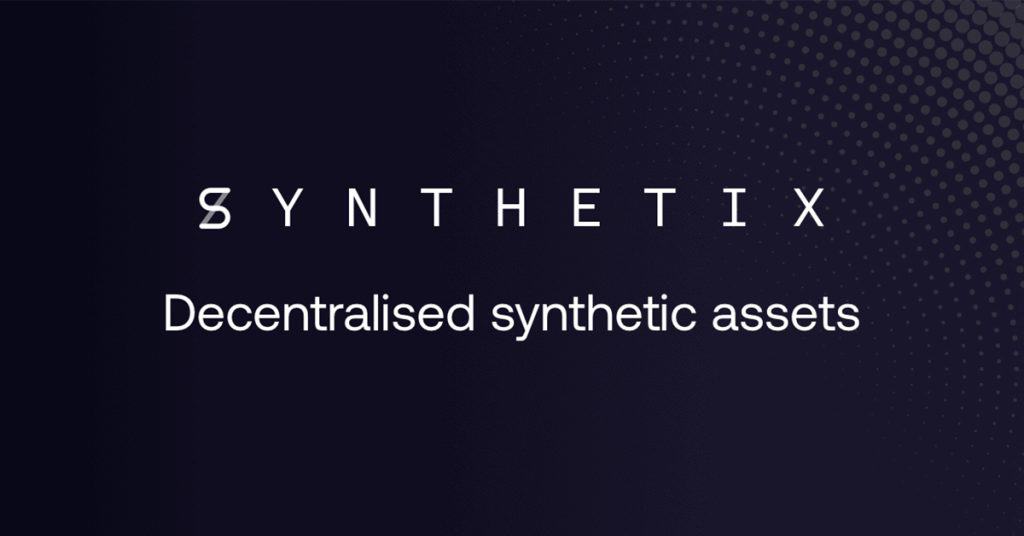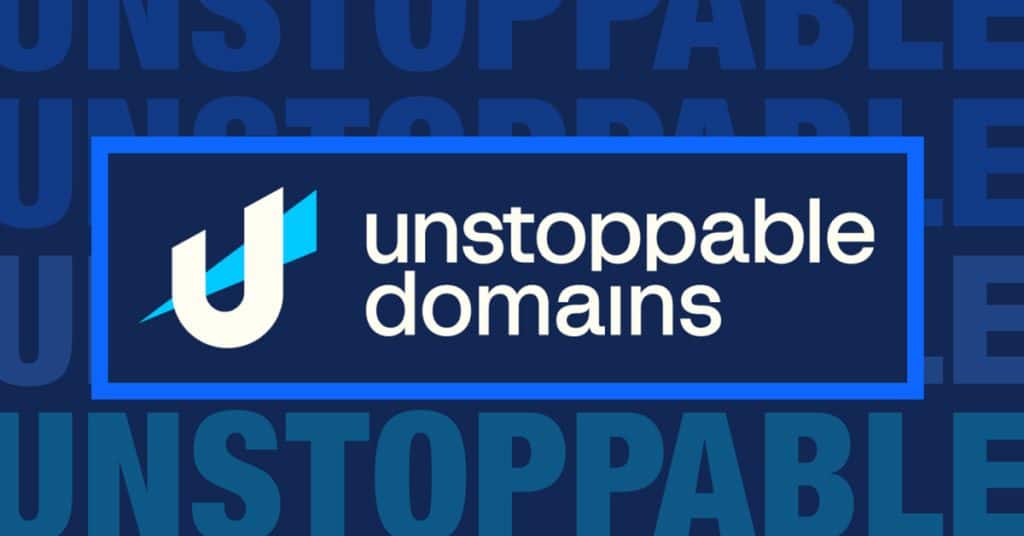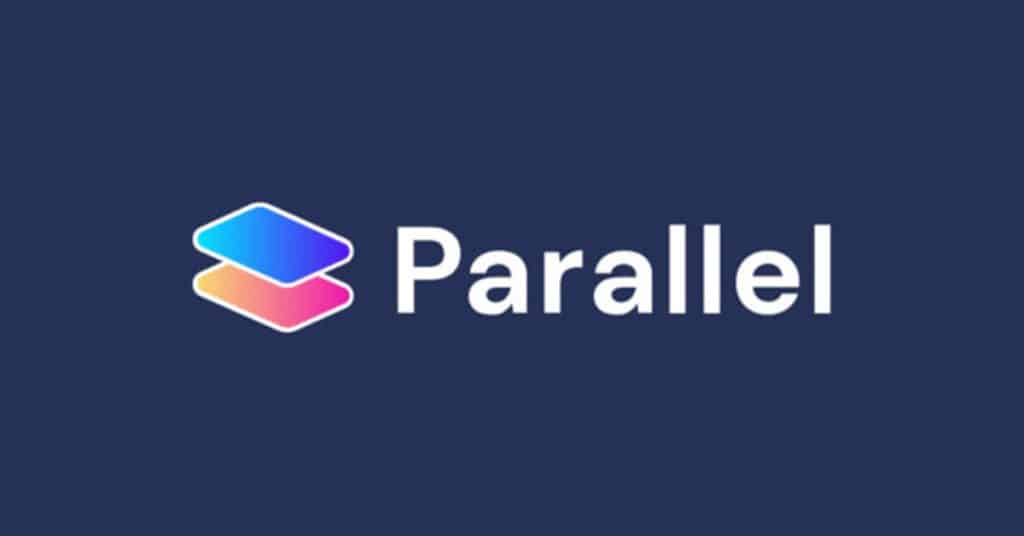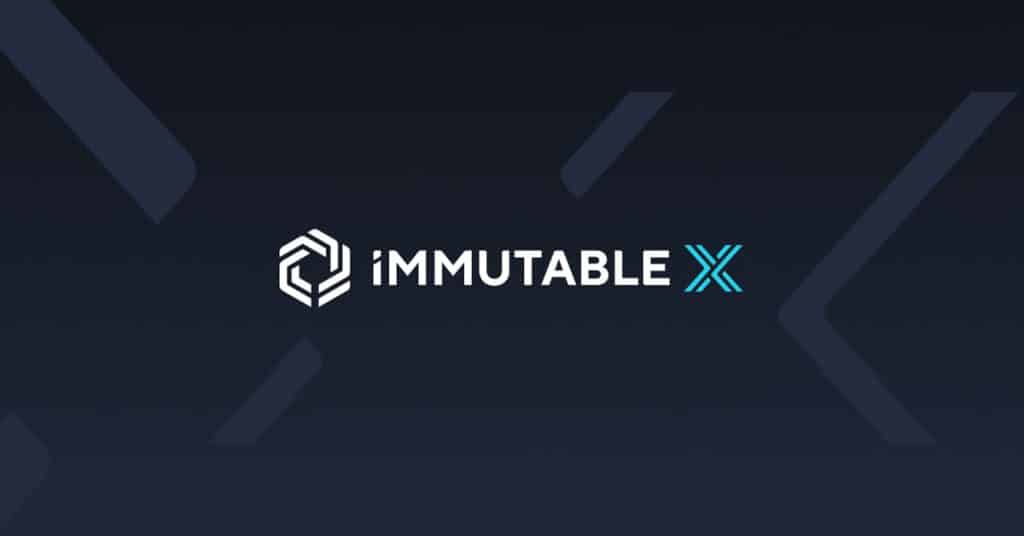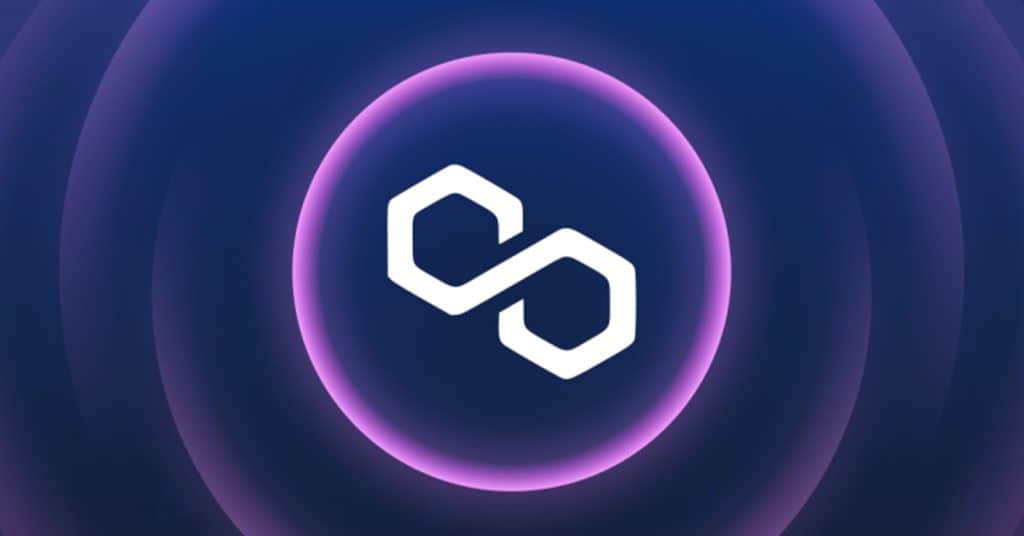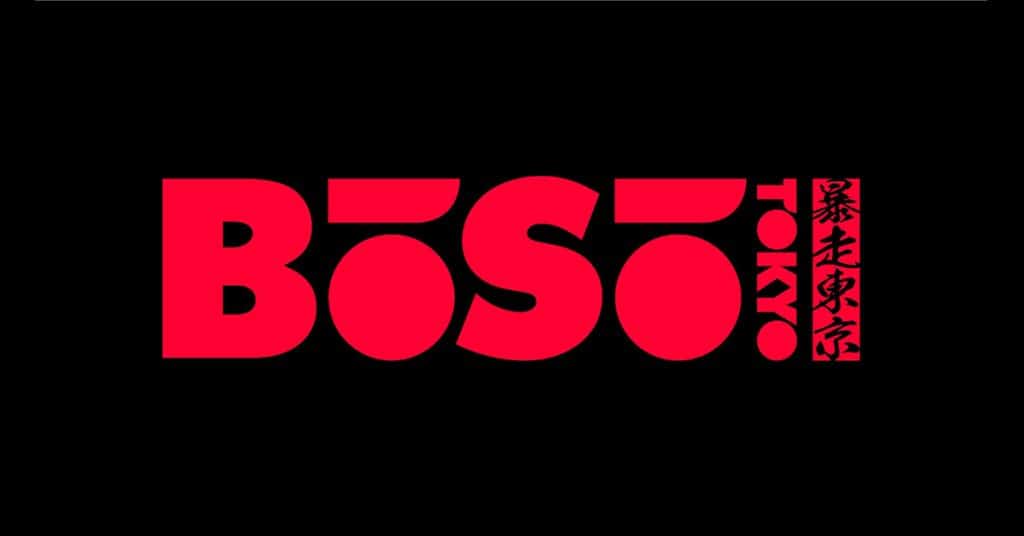What is Moonbeam? | Crypto Interview with Moonbeam
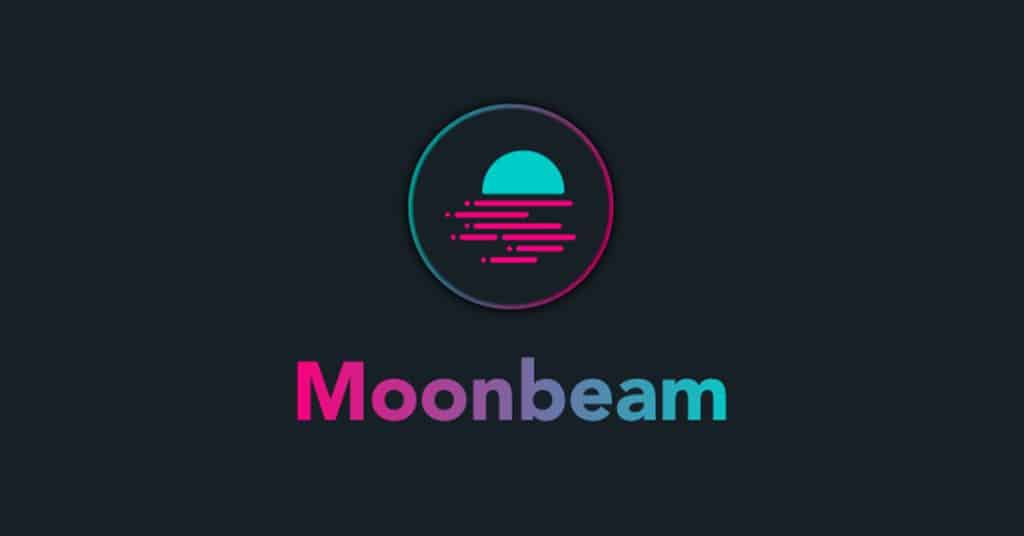
Today I would like to welcome back Moonbeam, who we caught up with last year well before the launch of their parachain on Polka Dot. So much has changed since then, and so many big updates have come through that I wanted to invite the team back on to talk about where we are today with Moonbeam. Also a reminder that I am invested in Moonbeam, and remain bullish on their future potential!
A quick update for those who may not be familiar, what is Moonbeam?
Moonbeam is the top destination for multi-chain applications. It is also a parachain on the Polkadot, which means it benefits from the shared security and interoperability that the Polkadot network provides. As a leading smart contract parachain, Moonbeam embraces the spirit of specialization that is built into the DNA of Polkadot, choosing to prioritize full Ethereum compatibility at every step and provide an easy deployment process.
How much traction has Moonbeam got since launch?
Since launching in January, more than 50 applications and integrations have launched on Moonbeam, with many more to come as we complete our infrastructure rollout. There are over 200 projects in the Moonbeam and Moonriver combined ecosystems, many of which will make their debut later this summer.
Cross chain functionality recently went live on Polkadot, what does this mean for Moonbeam?
Cross-chain interoperability on Polkadot is vital to the continued growth and functionality of the blockchain industry as Web3 applications will be able to incorporate specialized functionality from multiple chains, which will be more robust and more scalable than existing single chain approaches. In the near term, these connections enable native cross-chain token movement within Polkadot’s shared security environment. In the long term, it means Moonbeam developers will be able to pick and choose the functionality they need from many chains, based on their specific requirements, and combine these specialized functions into a single application with a unified user experience.
Moonbeam launched the first cross-chain connection with another parachain, Acala, just a week after the functionality become available. This speaks to the speed with which we expect these connections to roll out — the functionality has been in active use by parachains on Kusama since the beginning of the year — and the need for these kinds of cross-chain connections.
What are some of the biggest apps that we can use on Moonbeam right now?
Right now, DEXes like StellaSwap and bridges like Axelar and Nomad are fully live. Coming very soon, we’ll see liquid staking via Lido and lending/borrowing via Moonwell. There are also many NFT marketplaces that have launched (NFTrade, Moonbeans) plus a number of NFT-enabled games expected to appear shortly.
What are some key announcements we should know about since we last spoke?
We’ve already discussed one of them, the arrival of XCM (the cross-chain communication mechanism enabled on Polkadot). This allowed us to bring DOT to Moonbeam, which means it can be used across the ecosystem in many of the DeFi applications that have launched or are expected to launch shortly.
Looking ahead, the most important announcement on the horizon is the launch of an oracle on Moonbeam, which will allow more DeFi projects to launch. This is one of the last missing infrastructure components, completing the “building blocks” phase of Moonbeam.
There are a lot of chains focused on EVM; what differentiates Moonbeam?
Moonbeam’s multi-chain approach sets it apart in a couple of ways. First, as a parachain on Polkadot, Moonbeam makes it easy for DApps to take advantage of the native cross-chain capabilities built and secured by Polkadot. This creates a “network effect,” granting access to a wide pool of assets and users as the ecosystem continues to grow. Second, Moonbeam has been working with several General Message Passing protocols, which allow for the exchange of arbitrary data, tokens, and payloads between different blockchains. Unlike Polkadot, these solutions layer on top of existing blockchains. This means that they need to provide their own security vs inheriting the base layer security of the chain itself, but in exchange they can provide connectivity to a broader range of blockchains including ones for which the Polkadot-style light client approach won’t work. Some examples of this type of GMP solution include Axelar, LayerZero, Wormhole, Nomad, and the forthcoming Chainlink CCIP. The overall goal for the project is to be the best place for developers to build multi-chain applications
What has been happening in the Polkadot ecosystem since parachains launched?
There’s been quite a lot of activity since the beginning of the year, when parachains began launching in full force. Moonbeam became the first smart contract platform to launch on January 11, which meant that decentralized applications were supported in the Polkadot ecosystem for the first time. Since then, key infrastructure such as Etherscan, The Graph, and dozens of DeFi platforms, marketplaces, bridges to external chains, and more have all launched. This process has been happening gradually over a period of months, so it’s easy for these achievements to be overlooked. It’s worth noting that XCM, and cross-chain communications in general, are still in their infancy: expect to see a great deal of updates and enhancements coming from the Parity team as this technology hits its stride and the first use cases become live in user-facing applications.
What comes next for Moonbeam?
Our focus will be on enabling cross-chain use cases using XCM and General Message Passing protocols. We are working with many teams under development now looking to ship cross-chain scenarios in the second half of this year. We believe that the incorporation of cross chain features into dapps will be a driving force for web3 in the next 12-24 months. Taking a native multi-chain approach using a message passing approach reduces fragmentation that is the result of existing approaches, while also opening the door to big improvements in the user experience. At the same time we continue to add more core integrations we need on our parachain, including oracles, VRF solutions, and other technologies that enable developers to build.






